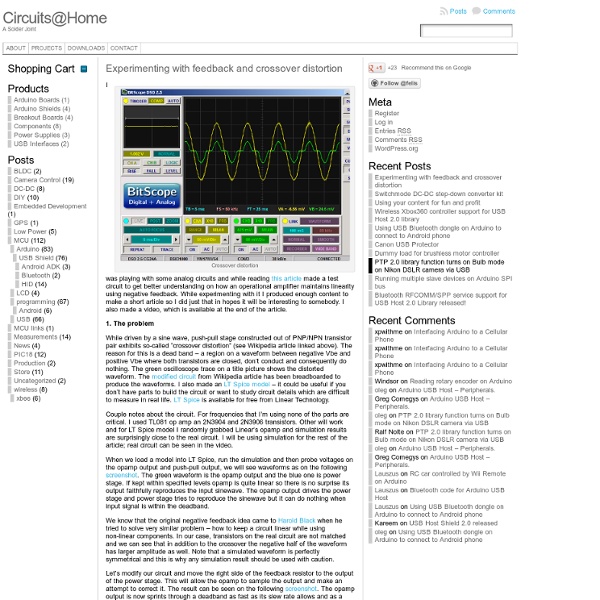



Seeed Studio Blog Hi, this is sonic, the boy who is always dreaming. Thanks everyone for joining seeed community since 2008, we couldn’t reach today’s achievement without our maker community. Here comes the first comment on our blog is on the post: An idea about open source PCBs. The Seeed Blog is proudly powered by WordPress, we share the same idea with wordpress to make thing done better and faster. This is beta version blog style, we like to hear your suggestion. Some Changes are made due to lots of reasons: A better navigationread experiencespammer & attacking We hope you understand us and we won’t change our sites often. Change log Overview We choose the Theme: Publish by Konstantin Kovshenin (and thx). Highlight We use SyntaxHighlighter to highlight our codes thread comments are enablespam-check: Some Chinese Please, thanks for your patience! sample here Tumblr? We introduce our tumblr page on last year. Friendly share button A friendly share button. please help us share good content (If you like). Todo list
My 2µF | "Another visitor! Stay a while. Staaaaay, FOREVER!" Small project #9 — PC-fan tacho-signal spoofer Some time ago I got an email. Yes it still happens. Someone was having a problem with computer / server fans. I was asked if I could build a little something that would measure the tacho-signal of the slow-spin-fans and scale that up to values that match the signal from the previous fans, fooling the hardware-monitoring, making it believe everything was ‘as usual’. Continue reading Small project #8 — ATtiny13 DFN10 programming adapter There are DFN10 / QFN10 test-sockets, but these things cost close to 100 bucks, which I’m not (yet?) If this should work, I would be able to add preprogrammed chips to some SMD DIY kits in the future. Continue reading PT4115 LED module – upgraded to Nichia NT2x757D LEDs First the old version, using the best small LEDs I could get hold of at that time: Nichia NSSL157 and NSSW157 types driven at about 100mA. Continue reading Small project #7 — USB powered inspection light Continue reading Posted in Electronics.
NYC Resistor » Electronics, Hacking, Classes, and Workspace. MightyOhm The Dino-Lite Pro AM4113T 1.3MP Handheld Digital Microscope is a surprisingly handy tool for inspecting all sorts of fine details at home and on the road. The small size and light weight are ideal for travel. Dino-Lite offers a wide variety of digital microscopes with a similar basic design to the AM4113T but varying resolution and other features. (which I have not used myself but gets generally positive reviews). Here’s a sample image from the AM4113T (converted to jpg but otherwise unmodified): The included Dino Capture software is surprisingly usable and allows you to take instant snapshots and videos and make a number of measurements and annotations directly within the tool (only supported on the more expensive Premier series). The USB 2.0 interface is fast and responsive which makes the critically important live preview (there is no viewfinder) a pleasure to use.
The Smell of Molten Projects in the Morning Making the World a Better Place, One Evil Mad Scientist at a Time Cool Tools Gar's Tips & Tools - Issue #154 Gar’s Tips, Tools, and Shop Tales is published by Cool Tools Lab. To receive the newsletter a week early, sign up here. I was thrilled to discover this shout-out from Kevin Kelly in a recent Recomendo. Maker tips: I continue to be impressed by Gar’s Tips & Tools, a newsletter that we co-publish with Gareth Branwyn. I got a big bump in subscribers after this. For years, I saw other people, like my pal Kent Barnes, recommending alignment dots for mindlessly mating a jack to a plug without having to align the exact location or figure out the plug orientation. One of the most-requested projects I get asked about are DIY rolly cabinets for storing portable parts organizer cases, popular among makers. Several weeks ago, I got a message from a subscriber saying that they couldn’t believe I hadn’t written about Tim Hunkin’s latest series, The Secret Life of Components. In this thorough video and written guide, Erin St. Reader Chuck writes: